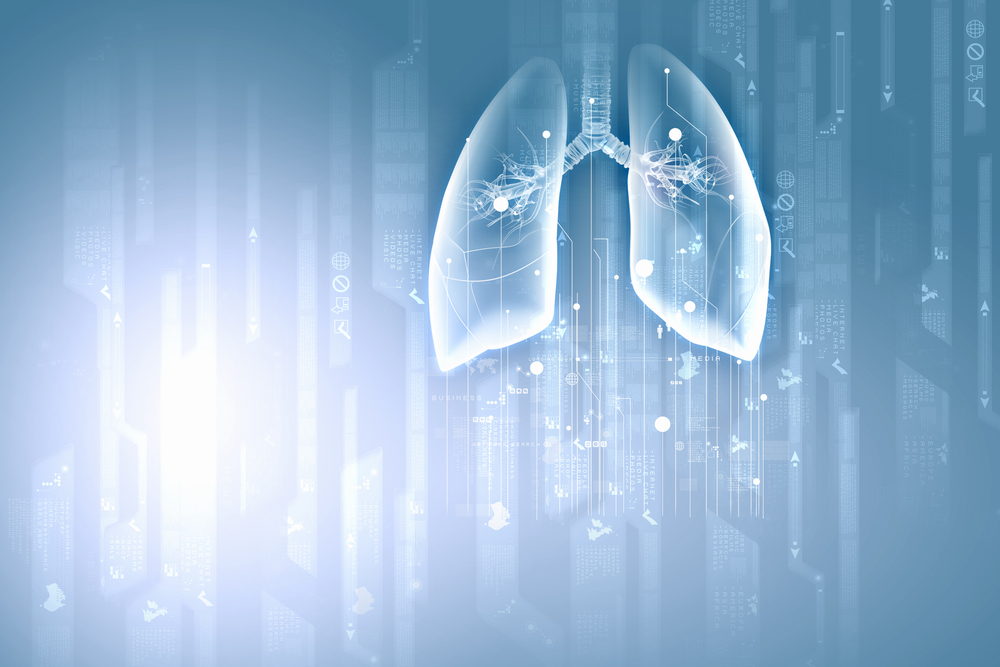Tracleer for Digital Ulcers Lowers PH Risk in Scleroderma, Study Finds

People with scleroderma who were treated with Tracleer (bosentan) to prevent digital ulcers — open sores on the fingers or toes — saw their risk of developing pulmonary hypertension (PH) lowered almost four times, a study found.
The study, “Effect of bosentan in pulmonary hypertension development in systemic sclerosis patients with digital ulcers,” was published in the journal PLOS One.
In scleroderma, poor blood flow and narrowed blood vessels can lead to ulcer formation (digital ulcers) on the toes and fingers, and particularly on the fingertips. It also causes the thickening of the connective tissue around the arteries of the lungs, which may result in pulmonary arterial hypertension or PAH — the most frequent cause of PH in scleroderma.
Although several studies have investigated an association between digital ulcers and PAH, the results have been mixed, with some studies showing a link while others did not.
Tracleer, a therapy developed by Actelion Pharmaceuticals (now part of Janssen), is approved in Europe to treat digital ulcers in both people with scleroderma and those with PAH. It works by stopping the action of endothelin, which is a molecule that causes blood vessels to narrow.
However, whether patients treated with Tracleer for digital ulcers also have a lower risk of PAH is unclear.
To find out, researchers at the Hospital Universitari de la Santa Creu i Sant Pau, in Spain, in collaboration with colleagues at the neighboring Hospital Universitari de Vall Hebron, analyzed the medical records of 222 people with SSc with a previous history of digital ulcers.
A total of 59 patients (26.6%) had been treated with Tracleer for digital ulcers for at least one month, while 163 not given the medication were included as a control group.
Of those selected, 201 (91%) were women, with a mean age of 63.9, including 138 patients with limited cutaneous scleroderma. An estimated pulmonary arterial pressure (mPAP) of more than 40 mmHg was observed in 21% of patients, thereby meeting the criterion for PH risk.
For those given Tracleer, the median treatment length was 34 months, with the most common dose of 250 mg given twice daily to 60% of the participants. Tracleer is given as a tablet.
Adverse events were reported in 35.6% of patients, including elevated liver enzymes and swelling; 27.1% of participants discontinued treatment. Most patients also were receiving other medications, known as vasodilators, to relax and widen blood vessels.
During follow-up, 13.8% of patients treated with Tracleer and 23.7% of those without treatment developed PH, as estimated by echocardiogram, although this difference did not reach statistical significance.
No major differences in blood flow parameters between treated and non-treated participants were observed.
A statistical analysis found that participants without a history of Tracleer treatment had a 3.9 times higher risk of developing PH compared with treated patients.
The risk in those who did not take a class of vasodilators called PDE5 inhibitors was 3.74 times higher. In patients who had never received vasodilators known as prostanoids, the risk was 2.65 times greater. No differences in risk were found among other concurrent treatments.
After follow-up in the Tracleer group, lung function was stabilized without further decline (61.8% vs. 57% at study start) as measured by percentage carbon monoxide diffusing capacity (%DLCO) — a value to assess the lungs’ ability to transfer oxygen to the blood. In contrast, the control group had significantly lower %DLCO values by the end of follow-up (65.5% vs. 60.5%).
“In summary, our study demonstrates that patients who initiated bosentan [Tracleer] to prevent [digital ulcers] have a lower risk to present PH estimated by echocardiography and stabilizes DLCO,” the researchers wrote. “A randomized control trial is warranted to demonstrate a protective effect of these specific drugs.”






